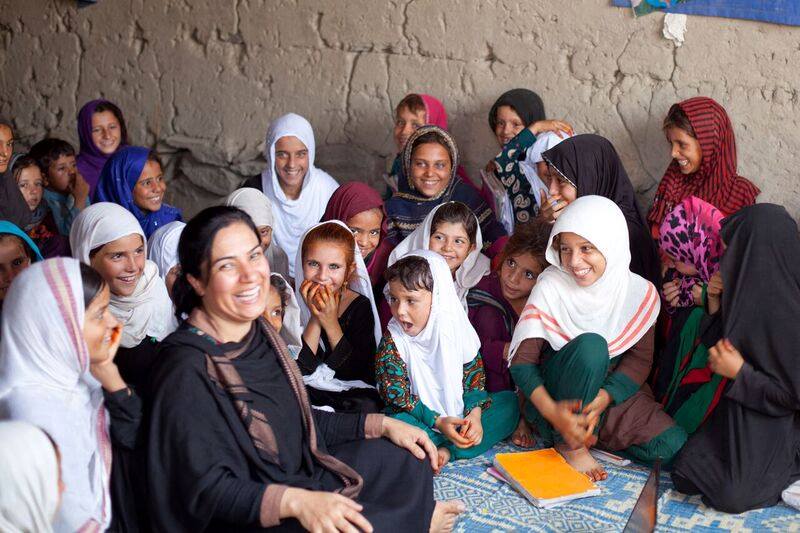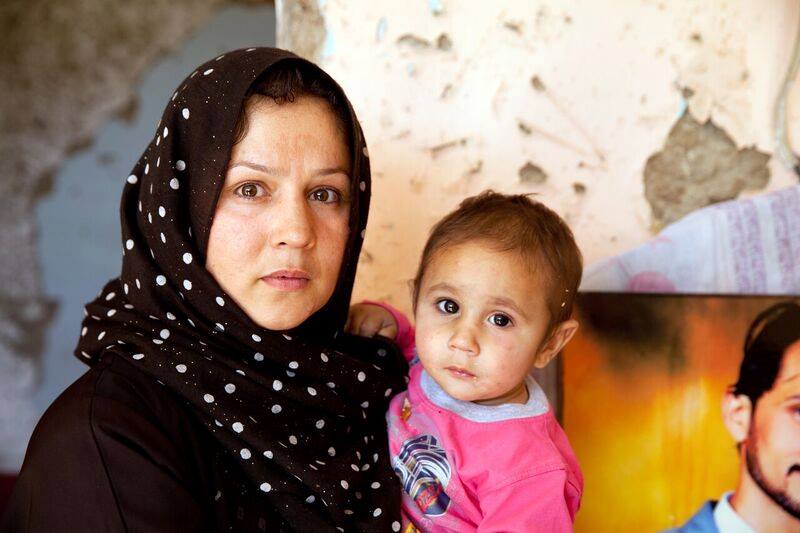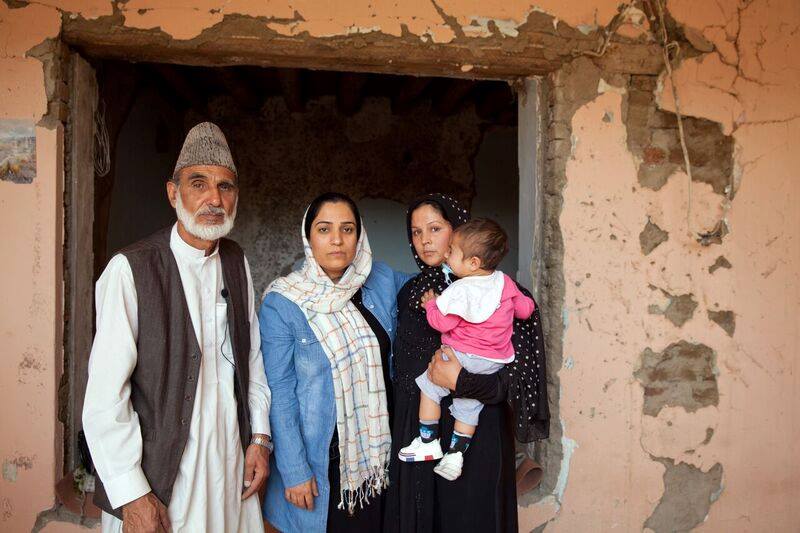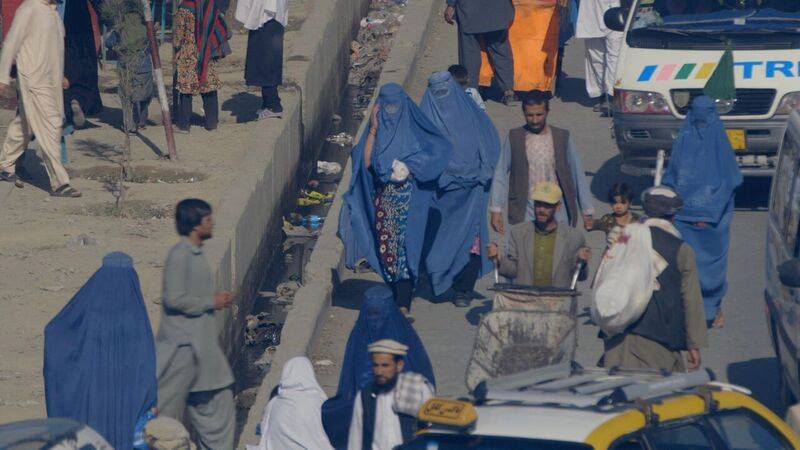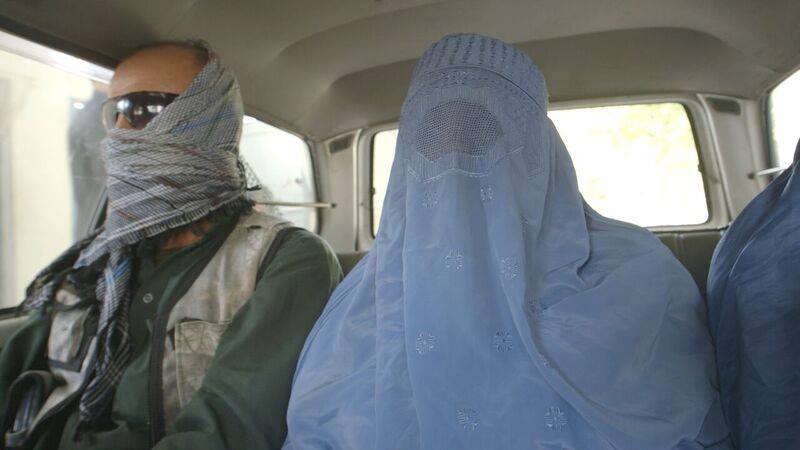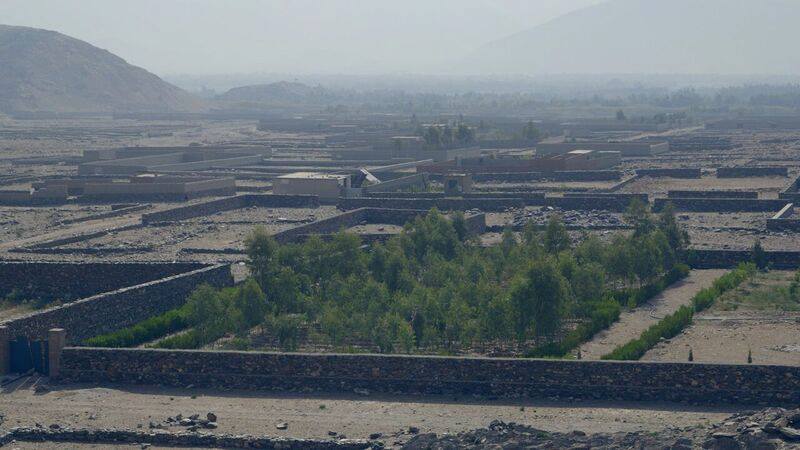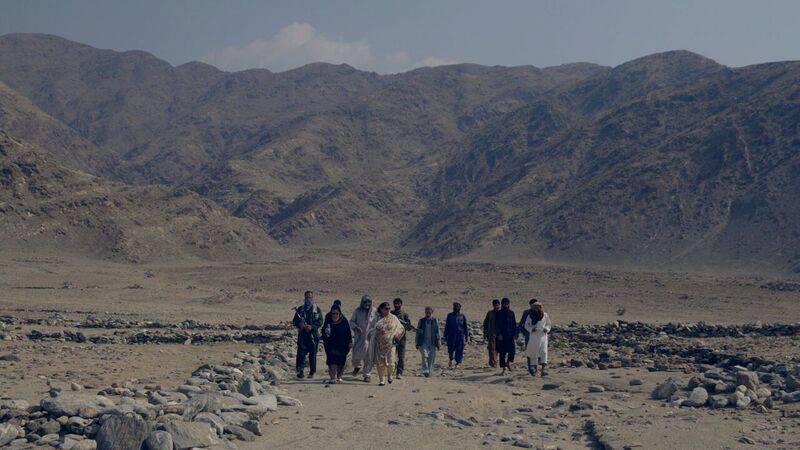This three part blog series documents an 8 day excursion in Afghanistan during the creation of a ‘What in the World?’ documentary.
Established in 1999, to date KMF Productions has produced twenty-seven documentaries in twenty-six countries in Africa, Asia, and The Americas.
The 25 minute What in the World? documentaries will air on Tuesday evenings at 11.15pm in December on RTÉ, the national broadcaster of Ireland. The first episode focused on Afghanistan and the second episode reported from Sierra Leone on the ending of the Ebola epidemic in 2016 and are available on the RTÉ Player online.
All photography credit for this series goes to © Ken O’Mahony. For more, read part 1 of the blog series.
Day 3
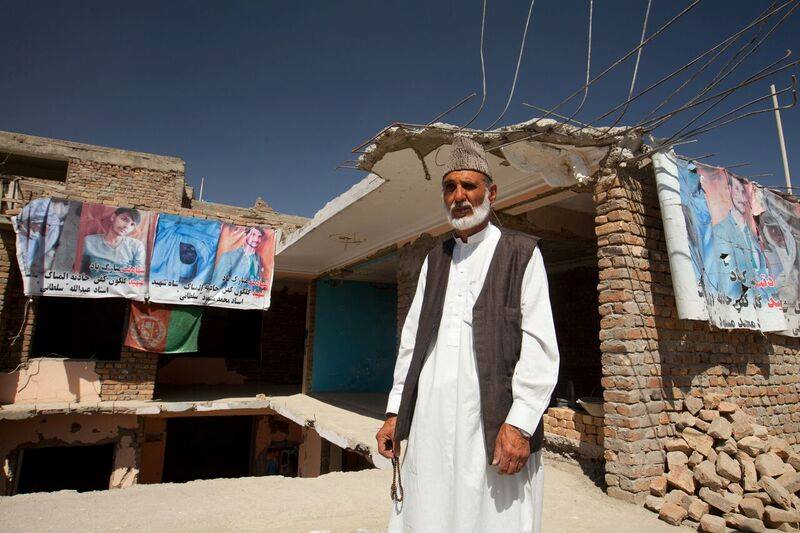
Fifteen years after its commencement in 2001, an estimated 92,000 people have been killed and 100,000 injured in the war in Afghanistan. The dead cannot speak for themselves. Some of the injured can. This is an extract of what one such victim told us.
“When the bomb exploded there, I was inside the room with my husband. Also my baby was with me. When the bomb exploded I didn’t hear its voice or sound. I became deaf and blind. The power had gone.
Then I didn’t hear anything. I couldn’t find anything. I don’t know by which way I came out of the room. Then I heard the voice of my father-in-law. He was shouting – where are all my sons, Masoud and Abdullah?
Everywhere was blood on my body. I didn’t know where my husband was. I didn’t know where my son was either. I was in hospital for 20 days under treatment. I was in the emergency hospital. When I woke up, I noticed all my body was injured. I didn’t know my husband had died with his brother.”
Day 4
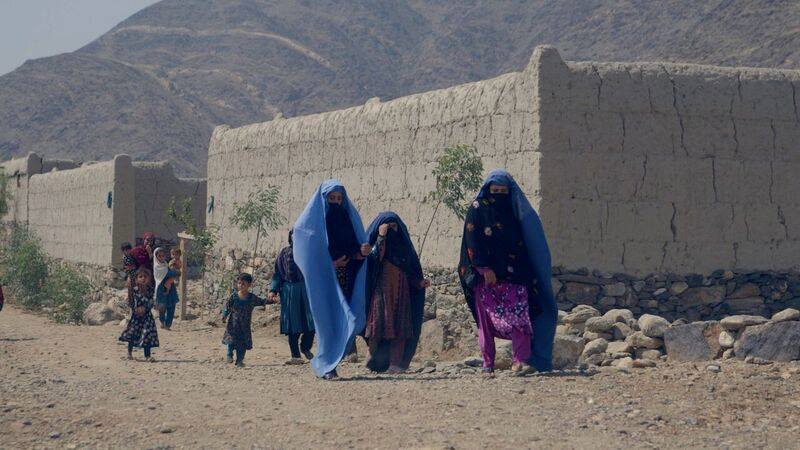
Malalai Joya’s belongings are few, which is useful as she has to cram all of them into two suitcases. Hers is a life lived out of a suitcase.
We first met her in one of her safe houses. Getting there was mired in secrecy. Even the driver did not know the precise location of the house as we set out under armed guard from our own safe house. Final directions did arrive when we got to the district in which Malalai had spent the night.
The car drove up to the door and we were told to exit quickly kerbside. Protection for those who hosted her as much as for our protection.
For fifteen years she has moved from one friendly house to another. Her survival depends on her wearing the hated burqa and hijab.
Ironically, the hijab and the burqa are her safety net. They allow her move with relative freedom throughout not just the city of Kabul but throughout the country.
Hiding in plain sight.
But as she struggles to put on her cover, it is clear how uncomfortable she is with it. Her blue burqa covers her from head-to-toe. A grill over her eyes is her only view of the world. It is clear that it ill-fits her and not just the physical inconvenience of it.
“I’m a social feminist” she tells me in one of three long conversations we have had. A social feminist forced to take cover under the hated burqa. The prescribed dress code of those who wish to silence and kill her.
The irony of it all: the prescribed dress code of her oppressors, the main plank in her protection from the very same oppressors.
Day 5
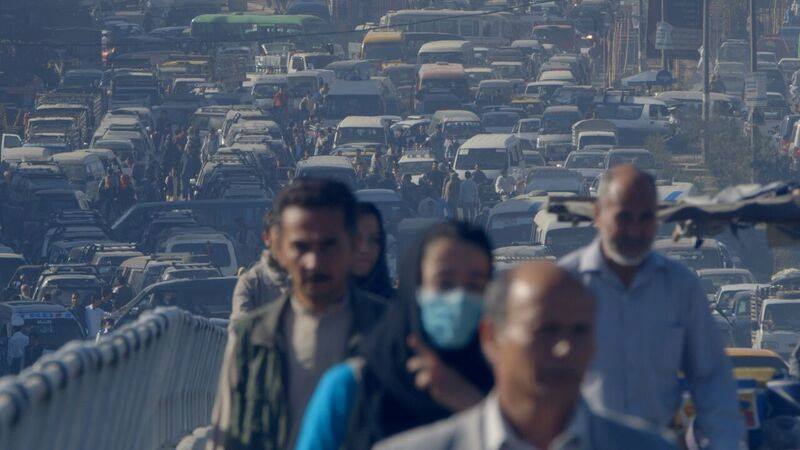
We set out early for Jalalabad, Afghanistan’s fifth biggest city and about a three-hour drive from Kabul on a road built by the Soviet invaders. The scenery here is breathtaking. Huge craggy clumps of rock towering above us to our left. Between us a deep ravine and a dry river bed. Our only protection is a foot high occasionally breached wall, and there is driving like we have seldom seen. Breakneck speed as cars and trucks weave in and out and between each other with inches if not centimetres to spare.
This is Taliban controlled territory, we are told. Distracted by the speed of our driver, that news doesn’t disturb us. We have enough to be getting on with.
By journey’s end we are not so sure on which side of the road Afghans drive. Overtaking on the left and right. Where there is a space, claim it before someone else does. Afghan drivers: an antidote to the threat of the Taliban. The only consolation is that we saw only one car accident en route. Luck seems to be with us. But then again, I thought, we only have to be unlucky once.
Only once, Ken and I reminisced, had we experienced such driving. That was back in 2011 in Ethiopia as we raced against the darkness to get to our hotel in Addis Abba. Even Ken who is normally unflappable in such situations was unnerved. On this road, we weren’t allowed stop. Even a quick pee break was considered risky. Perhaps on the return journey. As it transpired we were allowed a brief stop. An old Soviet tank and some quick landscape shots. But that was for the return journey.
For now we were happy that we arrived – safely.
Note: this blog series was originally published as a production diary on the KMF Productions Facebook page in October 2016.
Check out out more blogs in our notes from series on developmenteducation.ie

